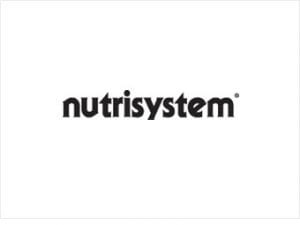Bariatric surgery is commonly referred to as either Lap-Band surgery or weight loss surgery. The premise behind this surgery is to help patients achieve positive weight loss by effectively reducing the size of their stomach. The smaller space means less food can comfortably be consumed in a single setting. The reduced caloric intake results in weight loss that the patient is better able to keep off.
Compelling Data
In 2004 the Journal of American Medical Association reported that of more than 22,000 diabetics who received bariatric surgery 76.8 percent of those patients found their diabetes, “Completely resolved.” Other studies seem to point to the possibility that this type of surgery remains a viable contender for management or reversal of diabetes.
Dr. Christine Ren is quoted as saying, “If you lose weight, your diabetes will go away, and when you regain the weight, the diabetes will come back. Diabetes is always lurking, and remission lasts as long as the weight loss lasts.”
Medicare’s Revised Decision
This idea may be why Medicare has revised policies dealing with this procedure. The Centers for Medicare & Medicaid Services (CMS) announced revisions to Medicare in mid February that essentially allow bariatric surgery to be considered for morbidly obese patients who are on Medicare.
HealthNewsDigest indicates, “The decision specifies type 2 diabetes as one of the co-morbidities CMS would consider in determining whether bariatric surgery would be covered for a Medicare beneficiary who is morbidly obese, as long as the surgery is furnished at a CMS-approved facility. An individual with a body-mass index (BMI) of at least 35 is considered morbidly obese. Normal body-mass index is considered to be between 18.5 and 25.”
In explaining the decision CMS Acting Administrator Charlene Frizzera said, “Today’s coverage decision assures that beneficiaries who are morbidly obese can access safe, effective weight loss options to help prevent complications.”
Not For Everyone?
To be clear this procedure can only be considered when Medicare patients have a BMI of 35 or higher. A BMI lower than 35 will not be considered for treatment using this type of surgery.
Surgery Types
This surgical procedure qualifies due to what is referred to as co-morbidity. This essentially means the combination of diabetes and obesity. They both need to be present to qualify. The Health and Human Services website states, “The evidence is adequate to conclude that open and laparoscopic Roux-en-Y gastric bypass (RYGBP), laparoscopic adjustable gastric banding (LAGB), and open and laparoscopic biliopancreatic diversion with duodenal switch (BPD/DS) improve health outcomes in Medicare beneficiaries who have T2DM and a BMI > 35.”
You will notice there are three separate bariatric surgical procedures listed above that could be used to help qualified patients. You should also know that these surgeries need to take place in a Centers for Medicare and Medicaid Services approved facility.
Cost Effective and Diabetic Friendly
It is believed that this procedure may be more cost effective for health treatment among the morbidly obese. Diabetic treatments can be as high as $33,000 annually. If a bariatric surgery successfully reverses diabetes it will actually cost significantly less in the long run while providing a greater quality of life for the patient.
As of this report medical science is still unsure why this type of surgery works. The general consensus is that if they can learn why the procedure is successful there may come a time when they can duplicate the end result with non-surgical options.
 Medical care is an important consideration for most Americans, but when the costs rise to unmanageable levels there are difficult choices that must be made. In the case of some
Medical care is an important consideration for most Americans, but when the costs rise to unmanageable levels there are difficult choices that must be made. In the case of some